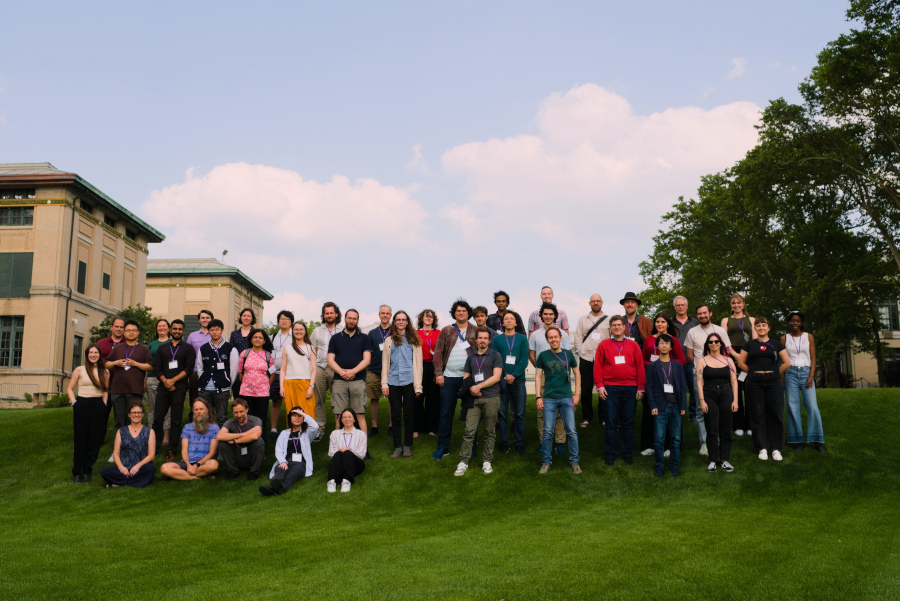A big Thank You to all participants for contributing to this meeting!

About
The wealth and quality of multi-dimensional data promised by upcoming wide-field surveys demand advanced strategies of analysis to use their underlying constraining power to full extent. We are holding a dynamics-heavy four-day meeting to scrutinize the numerical and analytical tools which are required to gain insight into the nature of gravity and dark matter in the local universe. We aim to develop a diverse program of talks, bridging observational constraints and numerical challenges, reflecting the most timely advances in the field of galactic dynamics.
Carnegie Mellon University, with its deep-rooted tradition in computational methods and their application to the physical universe, constitutes an exceptional environment to foster the discussions that will guide the future of computational astrophysics in this field.
Important Dates
| January 1st, 2025 | Abstract submission opens |
| February 8th, 2025 | Abstract submission closes |
| Early March 2025 |
Notification of accepted abstracts |
| Mid-March 2025 | Registration opens |
| April 8th, 2025 (extended) | Registration closes |
| June 2nd (Monday) - June 5th (Thursday) | Meeting takes place |
There will be a registration fee of $150, which includes participation at the conference dinner.
Scientific Organizing Committee (SOC)
- Raphael Errani, Carnegie Mellon University
- Kathryn Johnston, Columbia University
- Stacy McGaugh, Case Western Reserve University
- Monica Valluri, University of Michigan
- Matt Walker, Carnegie Mellon University
